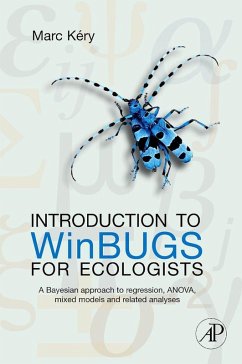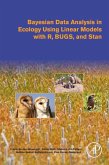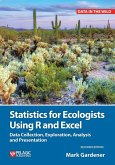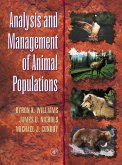Introduction to WinBUGS for Ecologists introduces applied Bayesian modeling to ecologists using the highly acclaimed, free WinBUGS software. It offers an understanding of statistical models as abstract representations of the various processes that give rise to a data set. Such an understanding is basic to the development of inference models tailored to specific sampling and ecological scenarios. The book begins by presenting the advantages of a Bayesian approach to statistics and introducing the WinBUGS software. It reviews the four most common statistical distributions: the normal, the uniform, the binomial, and the Poisson. It describes the two different kinds of analysis of variance (ANOVA): one-way and two- or multiway. It looks at the general linear model, or ANCOVA, in R and WinBUGS. It introduces generalized linear model (GLM), i.e., the extension of the normal linear model to allow error distributions other than the normal. The GLM is then extended contain additional sources of random variation to become a generalized linear mixed model (GLMM) for a Poisson example and for a binomial example. The final two chapters showcase two fairly novel and nonstandard versions of a GLMM. The first is the site-occupancy model for species distributions; the second is the binomial (or N-) mixture model for estimation and modeling of abundance.
- Introduction to the essential theories of key models used by ecologists
- Complete juxtaposition of classical analyses in R and Bayesian analysis of the same models in WinBUGS
- Provides every detail of R and WinBUGS code required to conduct all analyses
- Companion Web Appendix that contains all code contained in the book and additional material (including more code and solutions to exercises)
Dieser Download kann aus rechtlichen Gründen nur mit Rechnungsadresse in A, B, BG, CY, CZ, D, DK, EW, E, FIN, F, GR, HR, H, IRL, I, LT, L, LR, M, NL, PL, P, R, S, SLO, SK ausgeliefert werden.
"I don't believe this book was written with the goal of being treated as the primary text of an intro Bayesian statistics course. That said, it could prove to be a useful supplemental text for an introductory Bayesian course or even a linear models course. Although the book was geared towards ecologists, I believe it would be an excellent library addition for any applied modeler interested in applying Bayesian methodologies in their work." --The American Statistician









